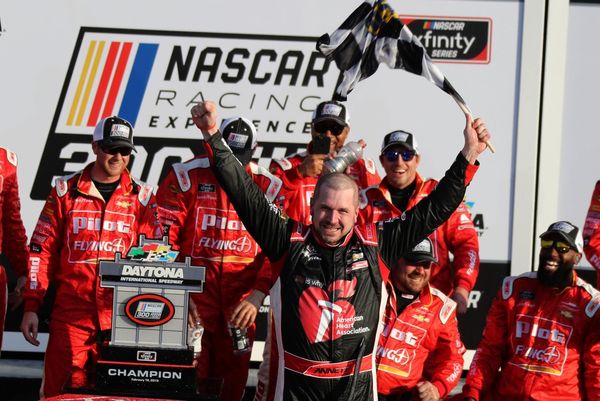
It’s fair to say that the idea of a fully autonomous race raised more than a few eyebrows. In the automotive space, attempts at autonomous driving have been more hit than miss - driverless cabs going awry, ‘full self driving’ falling short of the mark - and while many people say they’re looking forward to a world where they can sit back and do nothing in their autonopod, the tech needed to make it work can seem a million miles away, or incredibly expensive. Or both.
For motorsport fans, arches flew up because the fun is supporting both teams AND drivers. The McLaren MP4/4 is a legendary car, but would it have been quite as historic had it not been driven by Ayrton Senna? Would Subaru be quite the legendary company it is without Colin McRae?
Speaking with people from both sides of the fence, and being on both in one way or another, you can understand the hesitance. Being there, however, was different. It’s easy to mock from afar - you can never see what something truly is unless you’re in the thick of it.
In the lead up to the race, the track was quiet, but the pits were hives of activity, excitement, and apprehension. For the competitors it was a new world. Perhaps some had motorsport backgrounds, perhaps they didn’t, but the job in hand was to make a car do something it hadn’t previously done. In that lies the challenge, and challenge is the centre of motorsport.
The cars themselves are hugely impressive bits of kit. Based around a legitimate racer, and all built to spec, everyone had a level playing field. Watching the teams huddled around computers analysing data, tweaking code, learning from what their machines have done before was a trip. I’ve never been to a race meeting where team principals are excited to show you what happened when their car ended up in a wall, but at A2RL that’s part of the fun. Why? Because they could learn from it. Much like when a toddler, not fully in control of their tiny legs, goes flying, it’s a learning opportunity. The enthusiasm on show was infectious, and helped lower brows.

In the days leading up to the race, seeing and hearing the cars go round at speed was a treat. Yas Marina’s straights were filled with delicious noise, and with that came hope for everyone. The cars were running, convincingly, around the circuit without a driver at the helm.
When it came to race day the enthusiasm not just from the teams, but from the people in the stands was a joy to see. Thousands of people arrived to see something that hadn’t happened before. They didn’t know what to expect, or whether the cars would even do what they were supposed to do. Seeing Daniil Kvyat on track with a car going it alone was a treat. Of course the human won, but for a first go Team Ones’n’Zeroes put on a good show.
The race itself, for a few laps, saw four cars doing exactly as they were supposed to: drive autonomously. The race didn’t come with quite the same cut and thrust as a human-powered
competition, but the concept worked. It’s hard not to feel sorry for PoliMOVE’s failure to proceed, but the elation from TUM when its car crossed the line victorious was incredible to witness. A grand engineering experiment in its infancy had worked. Not only that, but huge amounts of data had been gathered for next year’s race.
Competition aside, what wider industry can learn from this is huge. Working in the autonomous space so publicly means we’ll be able to track what changes year and year, and we’ll see where the teams’ efforts end up.
It’s OK to lift a brow from time to time, but the first race is proof that there’s something very exciting to come from A2RL.








